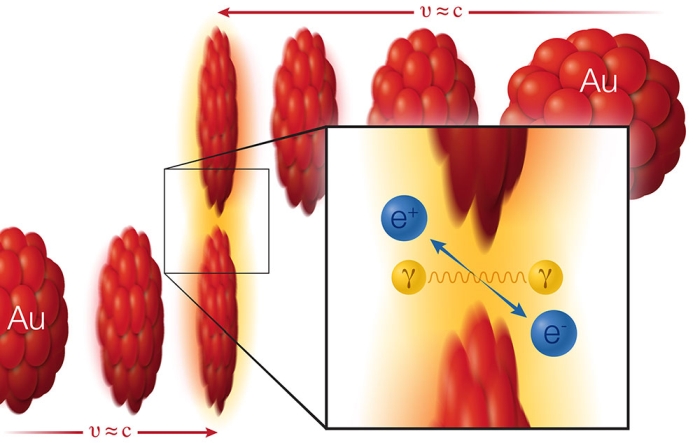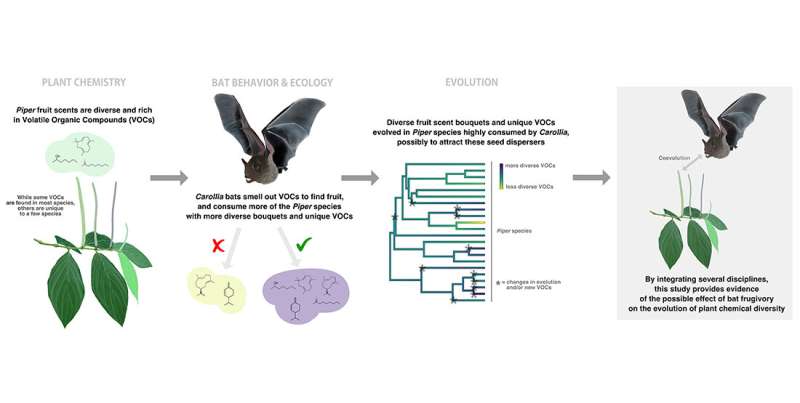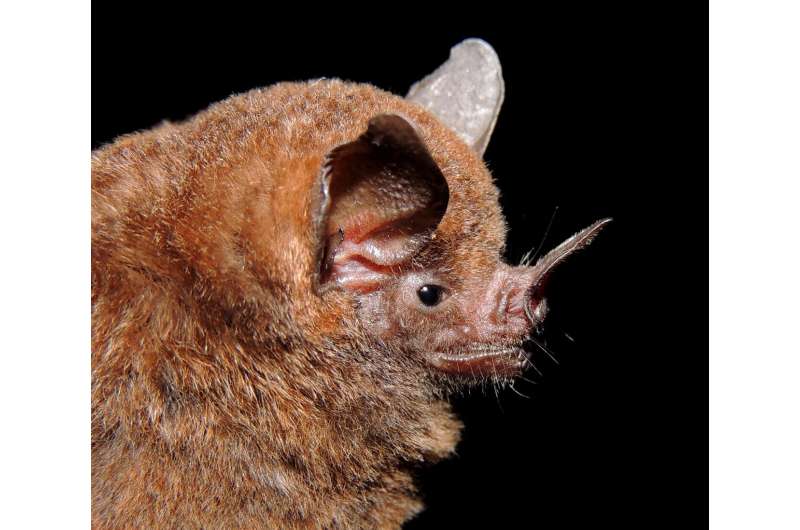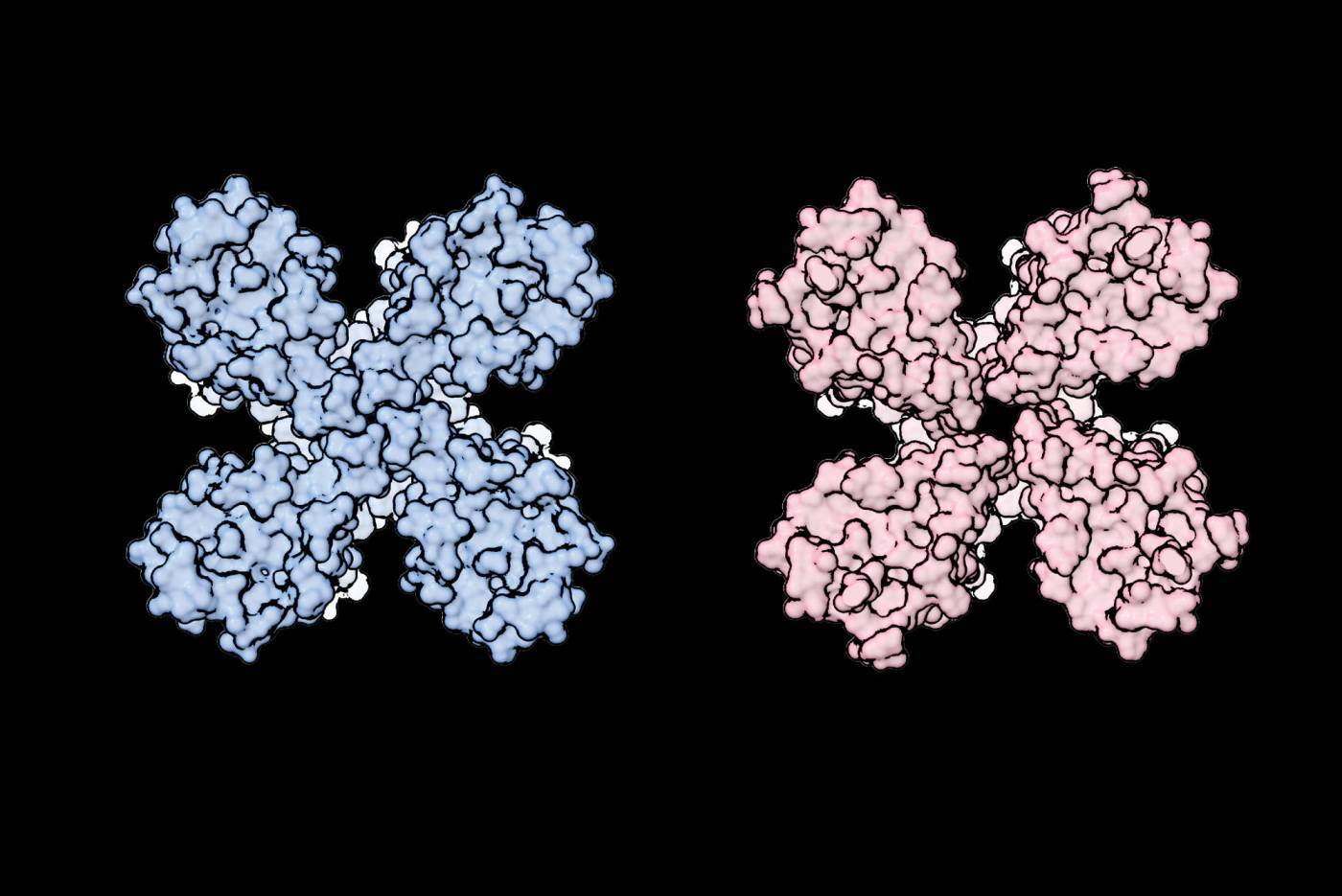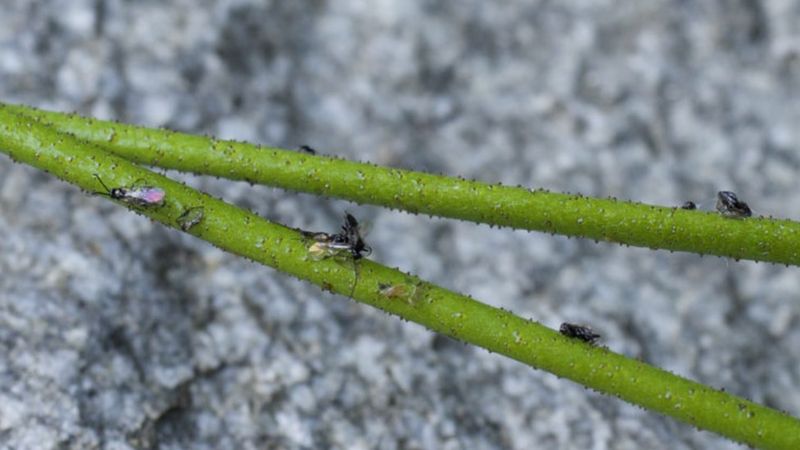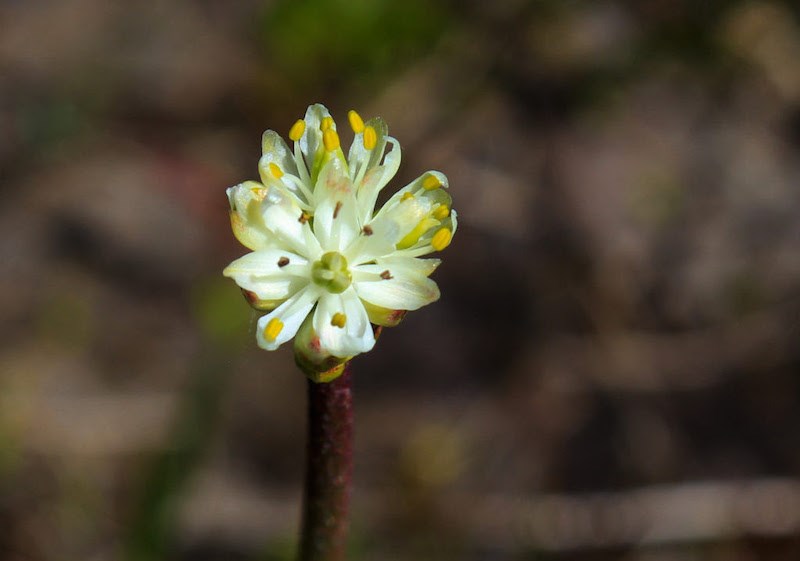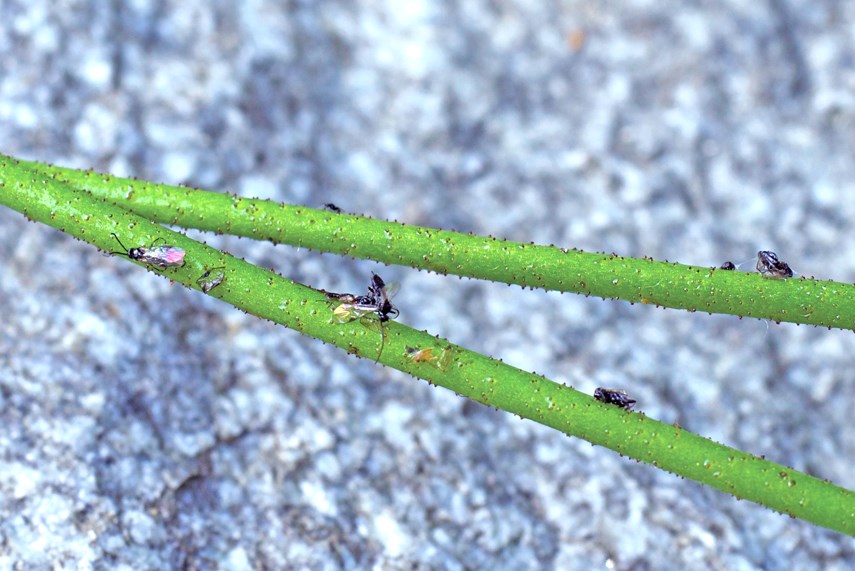Kenney’s ‘maverick’ pandemic stance puts him at odds with most Albertans
Some Albertans love to think of themselves as “mavericks.”
Perhaps that’s why, when compared to other provinces, so many people here refuse to get vaccinated — they don’t like other people telling them what to do even when it might be good for them and everyone else.
And clearly, throughout the pandemic Premier Jason Kenney has positioned himself as the heroic maverick who is sure he can beat the coronavirus by blazing his own trail. No sissy stuff for him. He’d rather live it up at the Calgary Stampede, no matter the consequences.
Kenney is so sure he has vanquished the virus that by the middle of August he says we won’t even need readily available testing or contact tracing. Heck, if anyone is actually infected they can simply go wherever they want — school, live concerts, grocery stores — because by then everyone should be tough enough to just deal with it.
That’s the plan outlined last week by Deena Hinshaw, the chief medical officer of health, and staunchly defended by Kenney, even though Alberta now has the highest rate of active COVID-19 cases in the country — four times the Ontario rate.
But according to Kenney, anyone who suggests this plan is putting people, especially unvaccinated kids, in harm’s way is simply “fear mongering.” What else would a maverick-kind-of-guy say?
The original “mavericks” were actually unbranded calves that wandered about blazing their own trails. They were named after Samuel Maverick, a 19th century Texas lawyer, slave holder, and owner of vast rangelands, who acquired 400 cattle as settlement of a debt but was too busy to organize a branding crew.
In 2001, “Mavericks: An Incorrigible History of Alberta” by Calgary author Aritha van Herk was published and many Albertans revelled in the notion of themselves as “people who step out of bounds, refuse to do what we are told, take risks and then laugh when we fall down and hit the ground.”
Van Herk also wrote that since the original maverick calves could be poached by cowboys or butchered for their meat, mavericks, just like Albertans, “were resistant to being caught, owned, herded, taxed or identified.”
Since she wrote the book on mavericks, I asked her if she attributed the recalcitrance of the unvaccinated and Kenney’s stance on the pandemic to Albertans’ “maverick” nature.
She definitely does not.
“My definition of mavericks has nothing to do with this vaccine-resistant, separatist-directed, grievance mongering attitude currently exerting itself. It was about the wish to help others and to get ahead, and the retrograde behaviour now relates to that not at all,” she replied via email.
“Masking and vaccination and science-informed decisions have been politicized by the right to an extent that people now believe they are exercising a political choice when they decline or refuse or demonstrate skepticism about health and vaccination. It is a sign of the extent to which Trumpian politics have infiltrated Alberta. I am, to be honest, disgusted.”
If, as van Herk says, real mavericks aren’t simply recalcitrant loners but people who take risks to help others, then the title is more apt for all the physicians, nurses, epidemiologists, teachers, parents, and students who have spoken out or joined public demonstrations demanding that the government continue testing, contact tracing and isolation of infected individuals.
Professional organizations including the Alberta Medical Association, the Alberta College of Family Physicians and the Canadian pediatric Society have added their voices.
They are not asking for lockdowns or tighter restrictions. They simply want the government to keep close track of COVID-19 and share the information so everyone can do what they need to do to protect themselves.
Given all the resistance from both inside and outside Alberta and the rising number of COVID-19 cases, Kenney may have to back track. He’s certainly done that before when rapidly rising cases, hospitalizations and deaths confirmed that his approach wasn’t working.
Or he just might double down, determined to prove that lifting all restrictions on July 1 and then encouraging everyone to party it up at the Calgary Stampede cast him as a trail blazer, a real maverick.
Trouble is, given Kenney’s plummeting popularity most Albertans don’t see him that way. The sooner he realizes that the better for everyone.
By Heide Pearson Global News
Posted August 10, 2021

A group including several Alberta health experts is bypassing the province and directly asking the prime minister for funding to make schools safer amid the ongoing COVID-19 pandemic. Lauren Pullen reports.
Alberta advocates fighting for stronger public health measures as children return to school amid what officials call a fourth wave of COVID-19 infections are taking their battle to the federal government.

In a letter addressed to Prime Minister Justin Trudeau and posted to Twitter on Tuesday, 24 voices called upon the federal government to step in where they claim the Alberta government is failing.
READ MORE: As Alberta schools wait for provincial COVID-19 guidance, some keep previous measures in place
“Despite clear evidence showing that ventilation, filtration, masks and other basic health measures can reduce transmission of (COVID-19) when used together, the Alberta government is unwilling to spend the money required to enact such measures,” the letter states.
The government has yet to announce what, if any, public health measures will be implemented in Alberta classrooms this fall, however, in July, Premier Jason Kenney assured parents students would be heading back in-person, and to “near-normal learning.”
 Risks for children posed by COVID-19 are extremely low’: Kenney on children returning to school after removing health measures – Aug 3, 2021
Risks for children posed by COVID-19 are extremely low’: Kenney on children returning to school after removing health measures – Aug 3, 2021Late last month, the UCP announced it was eliminating more public health measures over the coming weeks, including asymptomatic testing, contact tracing and the requirement that anyone who tests positive for COVID-19 to isolate.
Doctors, advocates, parents and other officials have expressed their concern over Alberta’s approach to easing restrictions, however, Kenney and Health Minister Tyler Shandro have defended the government’s decision making and chief medical officer of health Dr. Deena Hinshaw’s advice.
READ MORE: ‘This is a travesty’: Albertans protest COVID-19 rule rollback for second day
Now, a coalition of those voices is asking the federal government to step in and give Alberta school boards $80 million to ensure proper ventilation in classrooms, air quality testing and masks are in place before the school year begins.
“Given the track record of the Alberta government in failing to pass along federal funding, leaving hundreds of millions of dollars on the table, we implore the federal government to directly fund Alberta school boards to help make classrooms safer,” the letter reads
The coalition, made up of doctors, union representatives, parent advocates and academics, says providing HEPA filters for K-6 classrooms — where children aren’t of age to be vaccinated — would cost approximately $65 million, providing masks for students in grades K-6 will cost $9.6 million and providing CO2 monitors for every classroom for real-time air quality testing would cost $6 million.

“Schools, already grappling with significant funding shortages and over-full classrooms where physical distancing is not possible, are unable to pay for the necessary upgrades,” the letter said.
STORY CONTINUES BELOW ADVERTISEMENT
The group went on to point out that “almost every expert in the country” has raised questions about Alberta’s plan forward, particularly as cases of the Delta variant of COVID-19 continue to rise across the globe.
“Our children will pay the price for this enormous gamble, and while they may not overwhelm the health-care system, they will face the consequences of increasing hospitalizations as well as the unknown long-term repercussions when COVID-19 runs rampant through an unvaccinated population.”
READ MORE: Alberta plan to remove COVID-19 measures is ‘risky gamble,’ fed health minister tells Shandro
On Monday, Kenney said the education and health ministries are working on the “critically important” plan for a safe return to school.
“Vaccines are not available to children under the age of the 12, but we also know that COVID-19 does not represent a greater threat for severe outcomes to younger children than the regular seasonal flu,” he said.
“I know that Dr. Hinshaw and her team are understandably concerned of a resurgence of more conventional respiratory virus and diseases this autumn, including various kinds of flus and colds, and want to have the resources to address all of those challenges safely within the school system.”

In an emailed statement, Ministry of Education spokesperson Nicole Sparrow said “we are confident that all school authorities have been provided the supports they need to provide a safe, world-class education to their students.
“We know that many parents and teachers have questions and an additional guidance document is being finalized and will be released in mid-August to support return to school. Alberta’s government will continue to follow the expert advice of Alberta’s chief medical officer of health,” she said.
Sparrow outlined that through the course of the pandemic, the government made $1 billion available to Alberta school boards, including a $120-million operating fund boost, $10 million for PPE and $262 million which came from the federal government. She added the government also gave schools $250 million in maintenance spending for mechanical upgrades, of which $44 million was used for HVAC and ventilation.
READ MORE: Alberta announces new funding for school maintenance, no word yet on fall return
“While the letter falsely claims that Alberta’s government withheld federal supports for school divisions during the pandemic, every dollar of funding received through the Safe Return to Class Fund was immediately allocated to school authorities once it was is received from the federal government,” Sparrow said.
When asked if directly giving Alberta school boards money was something the federal government would consider, press secretary for the federal Department of Intergovernmental Affairs Jean-Sebastien Comeau said the Liberals have already given money to provinces and territories to help with the costs of keeping classrooms safe.
“The (Safe Return to Class) Fund helped provinces and territories work alongside school boards to meet the needs of their students and staff by providing funds to support adapted learning spaces, improved air ventilation, increased hand sanitation and hygiene and purchases of personal protective equipment and cleaning supplies,” Comeau said.
“Provinces and territories had the flexibility to spend funding according to their priorities.”

